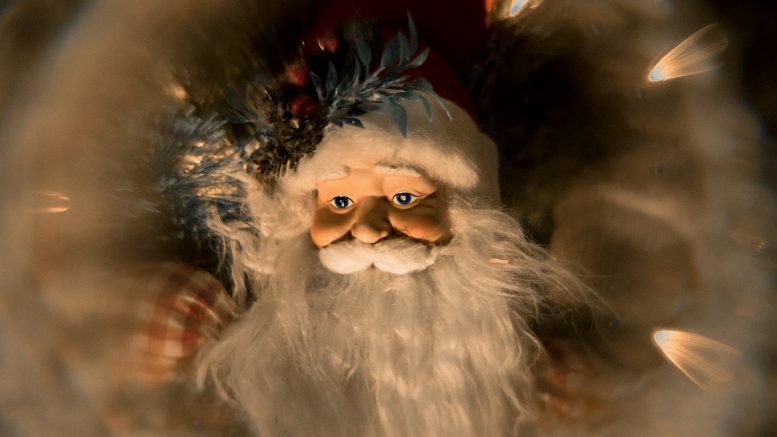As the holiday season approaches, parents are emphasizing the importance of representation, particularly the presence of Black Santas, in fostering a diverse and inclusive environment for their children. This becomes especially crucial for Black children, who need to see iconic figures like Santa Claus reflecting their own identity.
Parents’ Efforts for Representation
Rebecca Kaiser, a mother from Charlestown, Massachusetts, has made it a tradition to buy Black Santa pajamas for her children, Haven and Zeke, from Old Navy. Kaiser and her wife, Natalie Wagner, who are of a different racial background than their adopted children, believe in the importance of cultural representation in every aspect of their children’s lives, including holiday celebrations.
They also make it a point to visit the annual Black Market in Boston’s Nubian Square to meet a Black Santa in person, and even connect with a Black Santa online from Houston, Texas.
Creating Change Through Representation
Mariyah Gerber of Queen Creek, Arizona, recalls how her grandmother used to paint Santa figures to give them a non-white appearance, as it was challenging to find diverse Santa decorations. Now, as a mother herself, Gerber appreciates the availability of Black Santas in mainstream stores, recognizing the positive impact it has on her son Aiden’s self-image.
Her husband, Peter Gerber, understanding the significance, surprised her by purchasing all the Black Santas he could find at Target, a gesture that went viral on TikTok.

The Psychological Impact of Diverse Role Models
New York City-based therapist Colette Brown stresses the importance of children seeing role models who reflect their own identities. She explains that such representation positively affects self-esteem, academic performance, and mental well-being.
Brown, a mother of a biracial daughter, has actively sought out both white and non-white Santas during past Christmas seasons. Macy’s, for instance, now offers an option to select a “Vision of Santa” during online registration for their Santaland areas, providing choices for Black, Caucasian, or Spanish-speaking Santas in various cities.
Building a More Inclusive Future
Erin Carpenter, mother to Mikel and Kori, grew up with a conscious effort from her mother to include Black Santas and angels in their Christmas decorations. She continues this tradition and contributes to diversity through her company, Nude Barre, which produces undergarments in 12 different skin tones.
Her daughters, who study at the Harlem School of the Arts, have easier access to Black Santas, but Carpenter acknowledges that such experiences are not commonplace for everyone.
Conclusion
The presence of Black Santas during the holiday season is more than a festive decoration. It is a crucial step towards creating an inclusive society where children of all races can see themselves reflected in cultural icons. As parents and communities strive to ensure representation in all aspects of life, they pave the way for a future where diversity is celebrated and embraced.
©unityus.org

